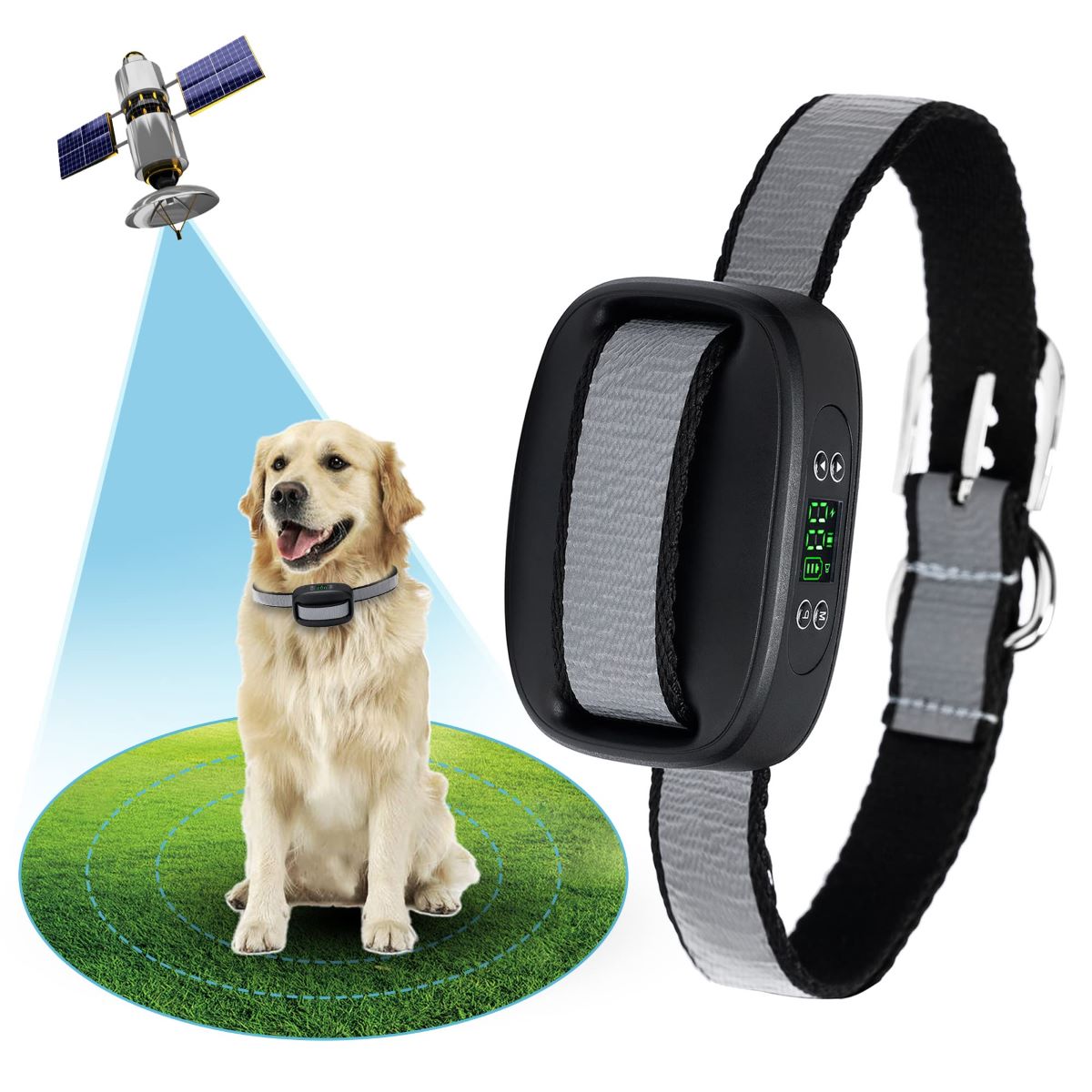

Articles
How Does Wireless Dog Fence Work
Modified: January 8, 2024
Discover how wireless dog fences work and keep your furry friend safe with this informative articles. Learn about the technology and benefits today!
(Many of the links in this article redirect to a specific reviewed product. Your purchase of these products through affiliate links helps to generate commission for Storables.com, at no extra cost. Learn more)
Introduction
Keeping your furry friend safe and secure within the confines of your property is a top priority for most pet owners. Whether you live in a spacious rural area or a cozy urban apartment, a wireless dog fence can provide a convenient and effective solution to ensure your dog’s safety while giving them the freedom to roam.
In this article, we will explore the concept of a wireless dog fence, its components, and how it works. We will also discuss the process of setting up a wireless dog fence and the training involved to ensure your dog understands their boundaries. Lastly, we will delve into the pros and cons of wireless dog fences to help you make an informed decision about whether it is the right choice for your pet.
So, let’s dive in and discover the fascinating world of wireless dog fences!
Key Takeaways:
- Wireless dog fences offer a flexible and aesthetically pleasing solution to keep your furry friend safe within designated boundaries, without the need for physical barriers like traditional fences.
- Proper training and consideration of individual dog characteristics are essential when deciding if a wireless dog fence is the right choice for your pet. Regular monitoring and positive reinforcement play a crucial role in ensuring the effectiveness of the system.
Read more: How Does Invisible Fence Work
What is a Wireless Dog Fence?
A wireless dog fence, also known as an invisible dog fence or wireless pet containment system, is a modern solution designed to keep your dog within a defined area without the need for physical barriers like traditional fences or walls. It utilizes advanced technology to create a virtual boundary that your dog cannot cross.
Unlike traditional fences that require construction and can obstruct the view of your property, a wireless dog fence is a more flexible and aesthetically pleasing alternative. It consists of two main components: a central base station and a receiver collar worn by your dog.
The base station serves as the control center and is responsible for transmitting the signal that defines the boundaries of the wireless dog fence. The receiver collar, on the other hand, is worn by your dog and receives the signal from the base station. It emits a warning sound, vibration, or mild static correction when your dog approaches or crosses the predetermined boundary.
Wireless dog fences are suitable for various types of properties, including houses, apartments, and even RVs. They are particularly beneficial for pet owners who may face restrictions in installing physical fences due to homeowner association rules or renting agreements.
Now that we have a basic understanding of what a wireless dog fence is, let’s explore its components and how it works.
Components of a Wireless Dog Fence
A wireless dog fence consists of several key components that work together to create a safe and effective containment system for your furry companion. Let’s take a closer look at these components:
- Base Station: The base station is the central unit of the wireless dog fence system. It is typically placed indoors, in a location with a power outlet. The base station emits a signal that creates the virtual boundary for your dog.
- Transmitter: The transmitter is housed within the base station and is responsible for emitting the signal that defines the boundary. It uses radio waves to transmit the signal to the receiver collar worn by your dog.
- Receiver Collar: The receiver collar is a crucial component that your dog wears around their neck. It is lightweight and contains the technology to receive the signal from the base station. The collar emits a warning sound, vibration, or mild static correction when your dog approaches the boundary.
- Battery: The receiver collar is powered by a rechargeable or replaceable battery. It is important to ensure that the battery is charged or replaced as needed to ensure the proper functioning of the wireless dog fence.
- Boundary Flags: Boundary flags are visual markers placed along the perimeter of the virtual boundary. They serve as a visual reference and aid in the training process, helping your dog understand the boundaries.
- Training Manual: Many wireless dog fence systems come with a comprehensive training manual. This manual provides guidance on how to properly set up the system, train your dog, and troubleshoot any issues that may arise.
These components work together seamlessly to create a safe and effective containment system for your dog. Now that we understand the components, let’s delve into how a wireless dog fence works.
How Does a Wireless Dog Fence Work?
A wireless dog fence operates on the principle of radio wave transmission and reception. It uses advanced technology to create a virtual boundary that your dog cannot cross without receiving a warning or correction. Let’s explore the working mechanism of a wireless dog fence in more detail:
Boundary Creation and Signal Transmission:
When you set up a wireless dog fence, you first need to define the boundaries within which you want your dog to be contained. The base station is placed indoors and acts as the control center. It emits a signal in the form of radio waves that create a circular or customizable-shaped boundary around the base station. This boundary can extend up to several acres, depending on the specific wireless dog fence system.
The signal emitted by the base station is received by the receiver collar worn by your dog. The collar is programmed to detect when your dog approaches the boundary or crosses it. It is important to note that the signal is omnidirectional, meaning it radiates in all directions from the base station. Therefore, the boundary is symmetrical around the base station, creating a consistent containment area.
Receiver Collar and Training Process:
The receiver collar is an essential component of a wireless dog fence. As your dog approaches the boundary, the collar receives the signal transmitted by the base station. Upon receiving the signal, the collar can be programmed to emit a warning sound, a vibration, or a mild static correction, depending on the specific settings of the wireless dog fence system.
Before introducing your dog to the wireless dog fence, it is crucial to follow the manufacturer’s instructions on the training process. This typically involves familiarizing your dog with the boundary flags placed around the perimeter. The flags act as visual markers, helping your dog understand the boundaries. Through consistent training and positive reinforcement, your dog will learn to associate the warning signals from the collar with the boundary and will eventually avoid crossing it.
System Customization:
Wireless dog fence systems often provide customization options to suit your specific needs. This can include adjusting the boundary size and shape, as well as modifying the warning signals or correction levels based on your dog’s temperament and responsiveness.
Some wireless dog fence systems may also have additional features such as remote control capabilities, multiple dog compatibility, and indoor pet boundaries. These features enhance the flexibility and usability of the system.
By understanding the working mechanism of a wireless dog fence, you can make an informed decision about implementing this technology to keep your beloved pet safe and secure within the designated boundaries.
When setting up a wireless dog fence, make sure to carefully read the instructions and test the boundaries to ensure that it is working properly before allowing your dog to roam freely within the designated area.
Boundary Creation and Signal Transmission
One of the key aspects of a wireless dog fence is the creation of a boundary and the transmission of signals to define that boundary. This process is essential in ensuring that your dog understands their limits and stays within the designated area. Let’s dive into the details of how the boundary is created and the signals are transmitted:
Base Station Placement:
The base station, which serves as the control center of the wireless dog fence system, is typically placed indoors, in a location with a power outlet. It is essential to position the base station in a central location, as it needs to emit signals in all directions to create a symmetrical boundary. The range of the signals emitted by the base station can vary depending on the specific system, but it generally extends in a radius of several feet to several acres.
Signal Emission:
The base station emits a signal using radio waves, establishing the virtual boundary for your dog. These radio waves are non-harmful and safe for both humans and animals. The signal can be adjusted according to your preferences and the size of the area you want to designate as the containment zone.
Boundary Size and Shape:
Most wireless dog fence systems allow for customization of the boundary size and shape. This flexibility enables you to adapt the wireless fence to your specific property layout and requirements. You can typically adjust the range of the boundary to ensure it covers the desired area and avoid any potential hazards or obstacles that you want your dog to stay away from.
Signal Reception by the Receiver Collar:
The receiver collar is a crucial component worn by your dog that receives the signals emitted by the base station. It detects the radio waves and interprets them as boundaries. The collar is lightweight and designed to be comfortable for your dog to wear throughout the day. It should be properly fitted to ensure a secure and snug fit, preventing your dog from slipping out of the collar.
Warning Signals and Corrections:
When your dog approaches the boundary or attempts to cross it, the receiver collar receives the signals and triggers a warning mechanism. Depending on the specific settings of the wireless dog fence system, the collar can emit a warning sound, a vibration, or a mild static correction. These warning signals help your dog understand that they are approaching or attempting to breach the designated limits.
Training and Boundary Recognition:
The training process plays a vital role in helping your dog recognize and understand the boundaries created by the wireless dog fence. By using positive reinforcement techniques and consistent training, you can teach your dog to associate the warning signals with the boundaries. Over time, your dog will develop an understanding of where they should and should not go, and the warning signals can serve as a reminder to stay within the designated area.
By carefully setting up the base station, ensuring proper signal transmission, and effectively training your dog, you can establish a reliable and effective boundary using a wireless dog fence system. This technology gives you peace of mind, knowing that your furry friend is safe and secure within their designated area.
Receiver Collar and Training Process
The receiver collar is a crucial component of a wireless dog fence system. It is worn by your dog and plays a vital role in ensuring their safety and understanding of the designated boundaries. Let’s take a closer look at the receiver collar and the training process involved in using a wireless dog fence:
Receiver Collar Features:
The receiver collar is lightweight, adjustable, and designed to be comfortable for your dog to wear. It typically contains a receiver module, which detects and interprets the signals emitted by the base station, and a set of contact points that make contact with your dog’s neck. The collar is battery-powered, and the battery can either be rechargeable or replaceable, depending on the specific system.
Signal Reception:
When your dog approaches or crosses the predetermined boundary, the receiver collar picks up the signals transmitted by the base station. These signals may vary depending on the system and can include warning sounds, vibrations, or mild static corrections. The collar is programmed to respond to the signals and provide a deterrent to prevent your dog from going beyond the boundary.
Training Process:
The training process is an essential part of using a wireless dog fence effectively. It helps your dog understand the boundaries and assists in avoiding unnecessary discomfort from the warning signals. Here are some key steps in the training process:
- Introduction to the Collar: Before introducing the receiver collar, allow your dog to become familiar with it. Let them sniff and investigate the collar while ensuring they associate it with positive experiences. This helps reduce any potential anxiety or discomfort associated with the collar.
- Boundary Flag Introduction: Place boundary flags along the perimeter of the wireless dog fence to create a visual reference for your dog. These flags act as a temporary marker and indicate the boundary. Allow your dog to explore the area while associating the flags with the warning signals emitted by the collar.
- Approaching the Boundary: With the receiver collar fitted snugly on your dog, take them near the boundary area. Allow them to hear the warning sound from the collar and experience the vibration or mild static correction if they proceed further. Use positive reinforcement like treats and praise when your dog responds appropriately to the warning signals.
- Consistent Training and Reinforcement: Repeat the training process consistently, gradually increasing your dog’s exposure to the boundary area. Use the boundary flags as visual cues and continue with positive reinforcement techniques. Consistency and repetition are key in helping your dog understand the boundaries and associating the warning signals with them.
- Safety and Monitoring: During the training period and even after your dog has become familiar with the wireless dog fence, it’s important to supervise their outdoor activities. Keep an eye on their behavior and ensure they are not experiencing excessive stress or anxiety. Regularly check the receiver collar’s battery to ensure it is charged or the battery is replaced as needed.
By following the recommended training process and using positive reinforcement techniques, you can help your dog understand the boundaries set by the wireless dog fence. Remember to be patient and consistent, as each dog may require a different amount of time to learn and adjust to the system.
The receiver collar, combined with the training process, ensures that your dog stays within the designated boundaries of the wireless dog fence system, providing them with the freedom to roam while keeping them safe and secure.
Pros and Cons of Wireless Dog Fences
While wireless dog fences offer convenience and flexibility, it is important to consider their pros and cons before deciding if they are the right solution for you and your furry friend. Let’s explore some of the benefits and considerations associated with wireless dog fences:
Pros:
- No Physical Barriers: One of the main advantages of wireless dog fences is that they do not require the installation of physical barriers like traditional fences. This makes them a suitable option for homeowners who do not want to obstruct their view, face restrictions from homeowner associations, or deal with the costs and hassle of building a fence.
- Flexibility: Wireless dog fences offer flexibility in terms of boundary customization. You can adjust the size and shape of the containment area to fit your specific property layout and needs.
- Aesthetically Pleasing: Without the presence of physical fences, wireless dog fences provide a clean and unobstructed look to your property. They do not alter the visual appeal of your surroundings, making them an attractive option for those who value the aesthetics of their outdoor space.
- Portability: Wireless dog fences are easily portable, which means you can take them with you when you move to a new location or even when you go camping or visiting friends and family. This portability ensures that your dog stays safely contained, regardless of where you are.
- Training Effectiveness: When used properly with the appropriate training process, wireless dog fences can be effective in teaching your dog to understand boundaries and stay within the designated area. They can help instill discipline and reinforce positive behavior.
Cons:
- Training Required: While wireless dog fences can be effective, they do require proper training for your dog to understand the boundaries and respond to the warning signals. Consistent training and reinforcement are necessary to ensure that your dog stays within the containment area.
- Potential Distractions: Wireless dog fences may face challenges in areas with significant distractions, such as heavy wildlife, busy roads, or other pets. In these situations, your dog’s focus may be compromised, and they may be more tempted to cross the boundaries.
- Not Suitable for All Dogs: Each dog is unique, and their response to a wireless dog fence may vary. Some dogs may have a higher pain threshold or be less responsive to the warning signals, making the system less effective for them. It is important to consider your dog’s temperament and sensitivity when determining if a wireless dog fence is suitable for them.
- Limited Area Coverage: Wireless dog fences have a specific range and may not be suitable for large properties or irregularly-shaped areas. If you have a vast space, you may need to explore alternative containment options or consider multiple base stations to extend the coverage.
- Reliance on Batteries: The receiver collar in a wireless dog fence relies on battery power for operation. It is essential to monitor the battery level to ensure that the collar functions properly. Failure to do so may result in your dog escaping the boundaries if the collar battery dies without warning.
Consider these pros and cons when deciding whether a wireless dog fence is the right choice for you and your dog. It is important to weigh the benefits against the potential limitations and assess how well it aligns with your specific needs and circumstances.
Conclusion
Wireless dog fences offer a convenient and effective solution for pet owners who want to provide their dogs with a safe and secure environment without the need for physical barriers. By utilizing advanced technology and a training process, these innovative systems create virtual boundaries that enable dogs to roam freely within designated areas while keeping them safe from potential dangers.
The components of a wireless dog fence, including the base station, receiver collar, and boundary flags, work together to establish a reliable containment system. The signal transmission from the base station to the receiver collar allows dogs to receive warning signals or mild corrections when they approach or cross the boundaries. Consistent training, positive reinforcement, and the proper fit of the receiver collar play crucial roles in ensuring that dogs understand and respect the boundaries.
While wireless dog fences have numerous benefits, it is important to consider their limitations as well. Proper training is necessary to ensure that dogs fully understand the system, and certain distractions or individual dog characteristics may affect the effectiveness of the fence. Additionally, the reliance on batteries and the limited coverage area should also be taken into account when deciding on the suitability of a wireless dog fence for your needs.
Ultimately, the decision to utilize a wireless dog fence should be based on factors such as the property size, dog’s temperament, training commitment, and personal preferences. It is important to carefully evaluate the pros and cons and consider alternative options if necessary.
Wireless dog fences provide pet owners with the peace of mind of knowing that their dogs can enjoy their surroundings while staying within the designated boundaries. With proper setup, training, and monitoring, these systems can be effective in keeping dogs safe, secure, and engaged in their environment.
Remember, maintaining a healthy and happy relationship with your dog goes beyond physical boundaries. Regular exercise, socialization, and positive reinforcement are equally important in keeping your furry companion content and fulfilled.
Frequently Asked Questions about How Does Wireless Dog Fence Work
Was this page helpful?
At Storables.com, we guarantee accurate and reliable information. Our content, validated by Expert Board Contributors, is crafted following stringent Editorial Policies. We're committed to providing you with well-researched, expert-backed insights for all your informational needs.

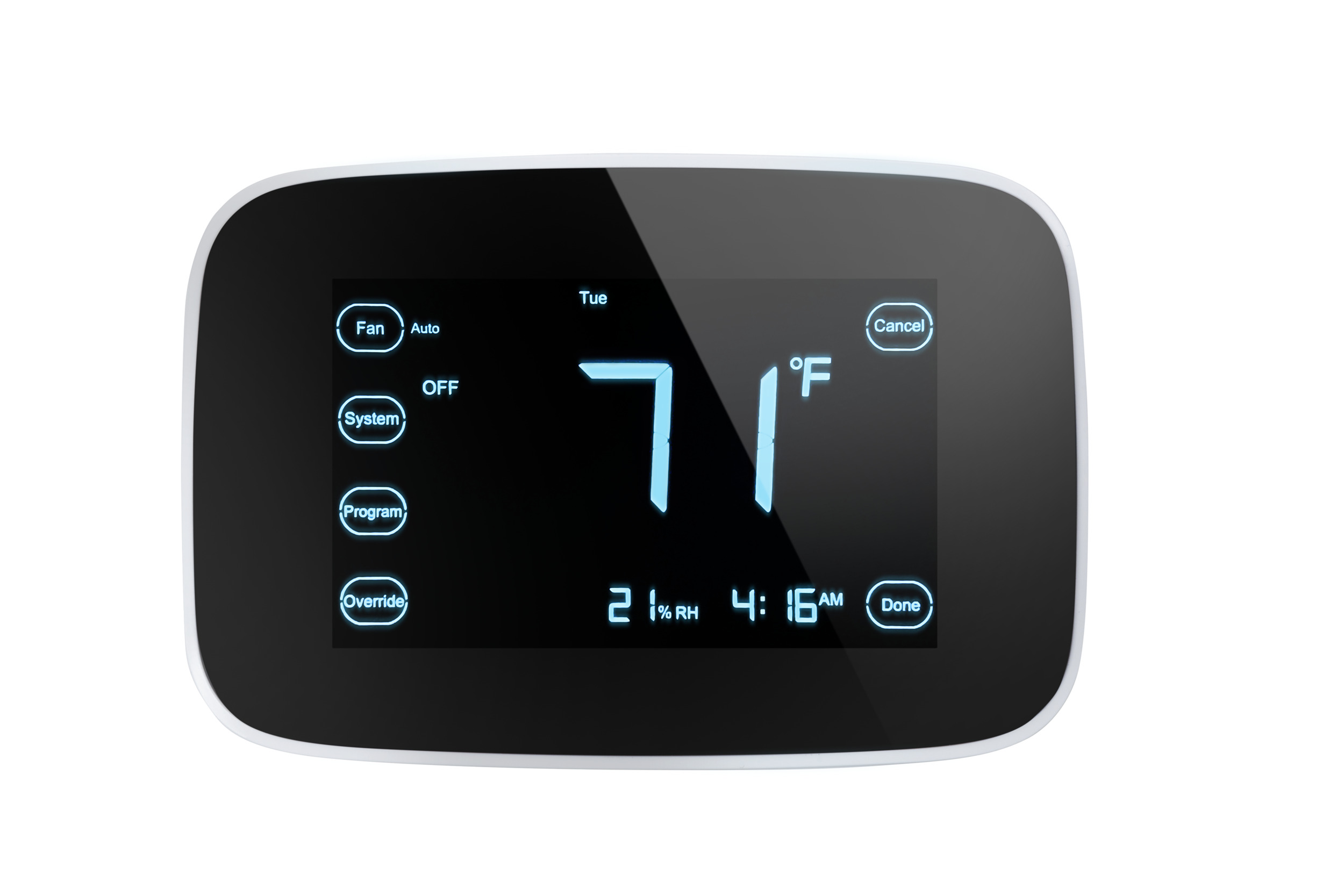
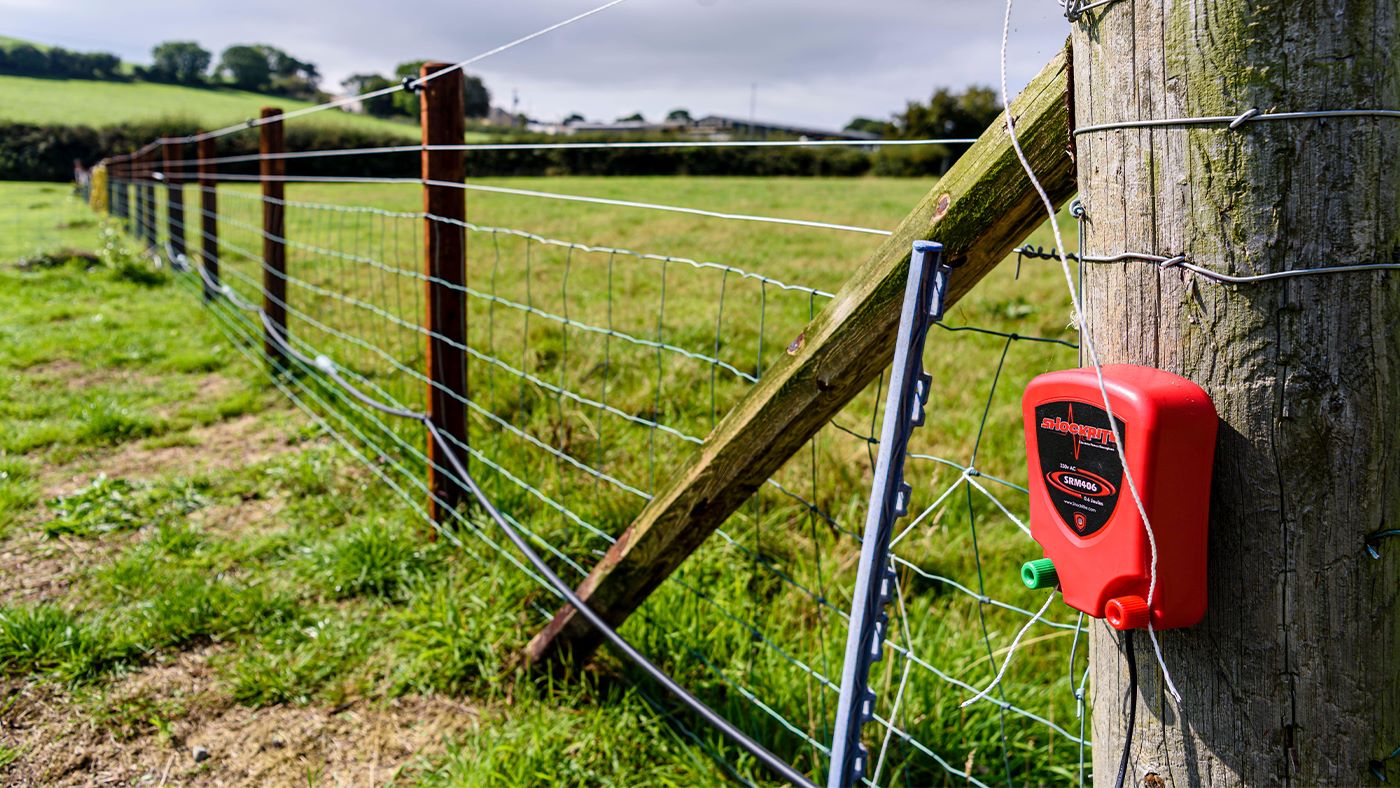

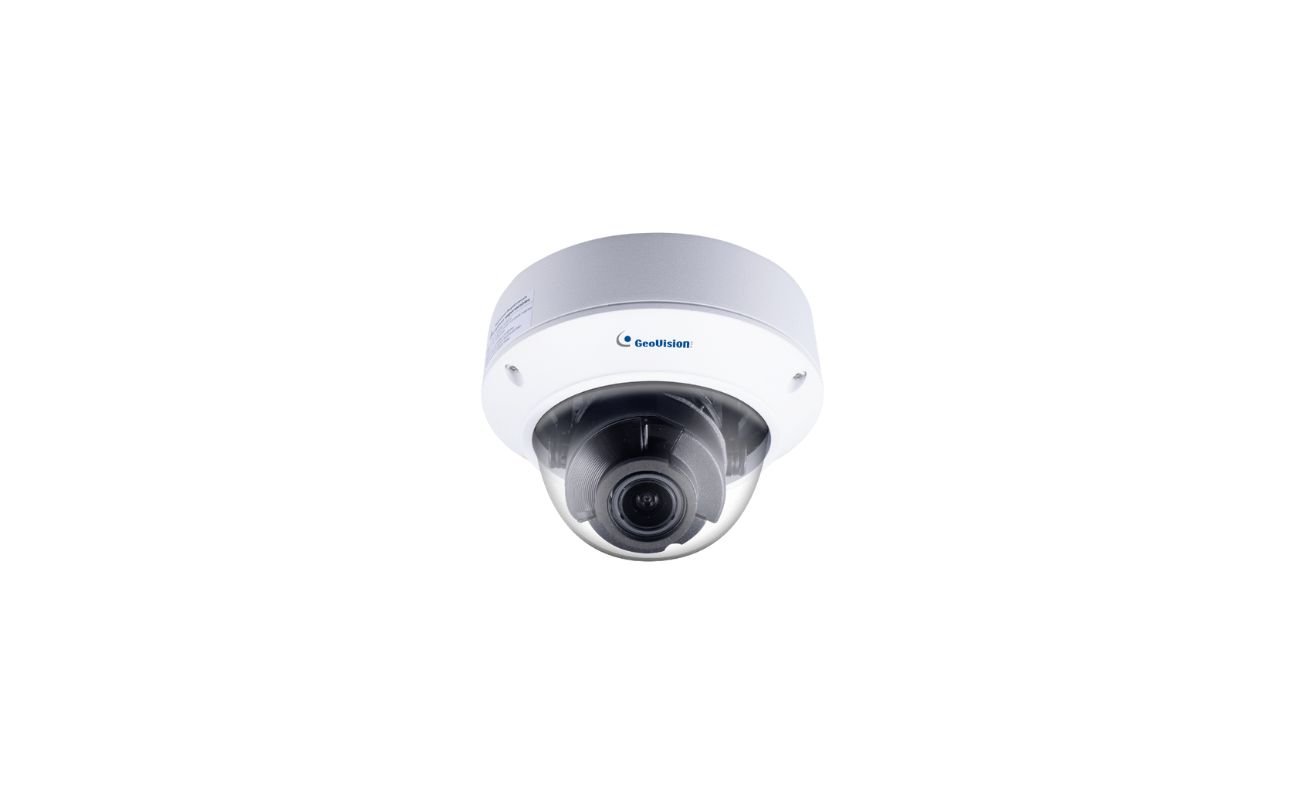
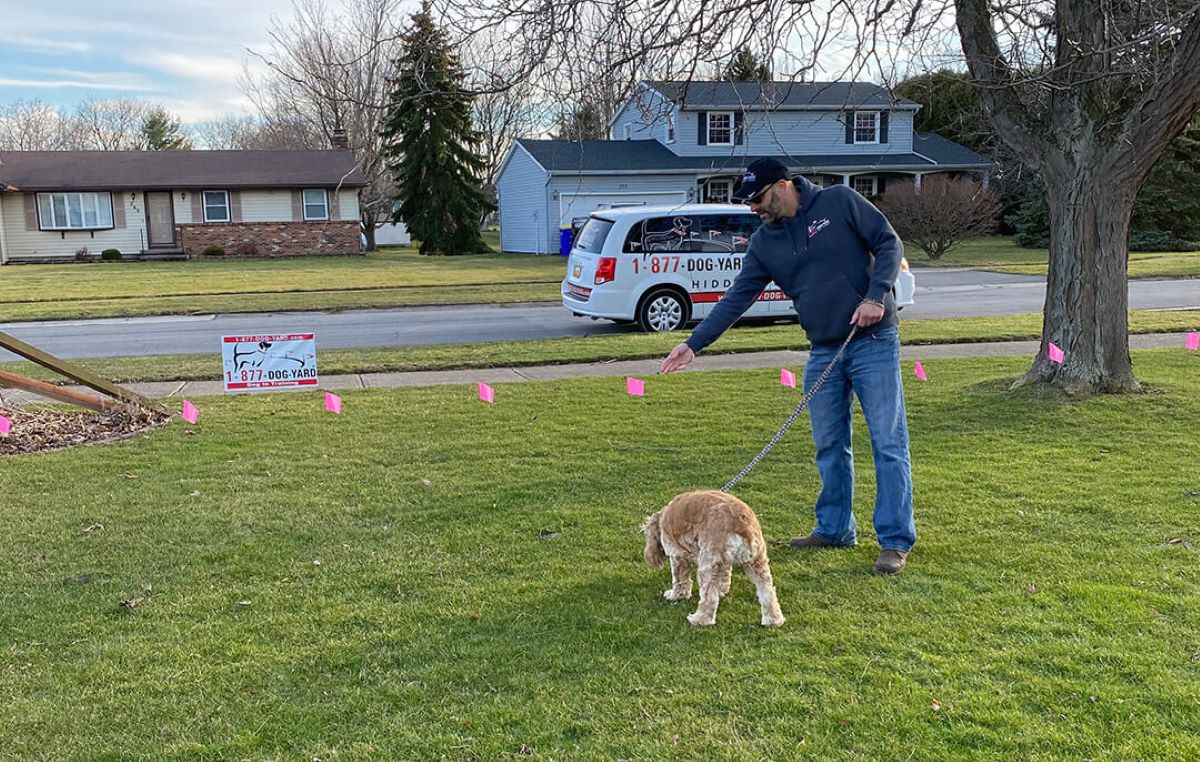
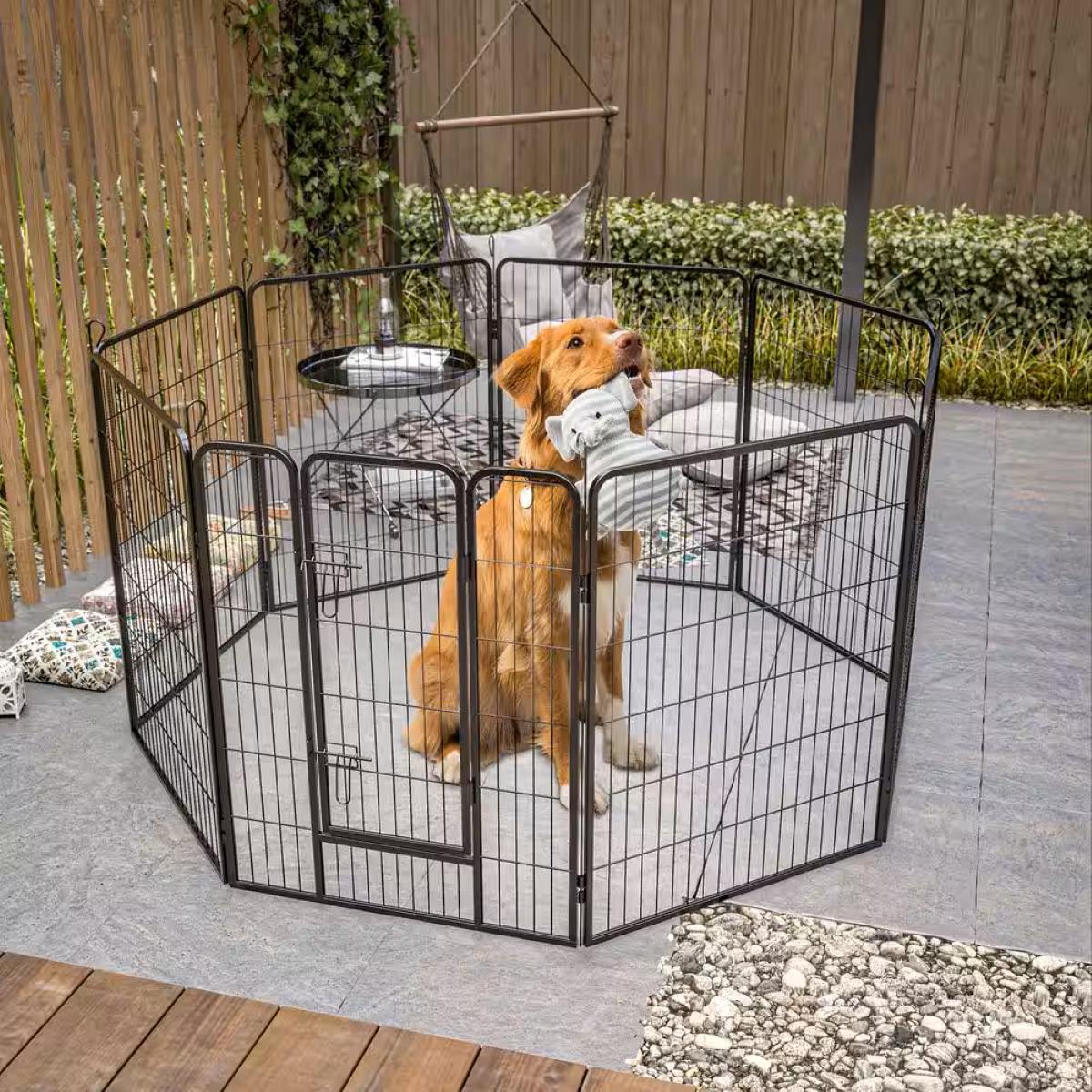



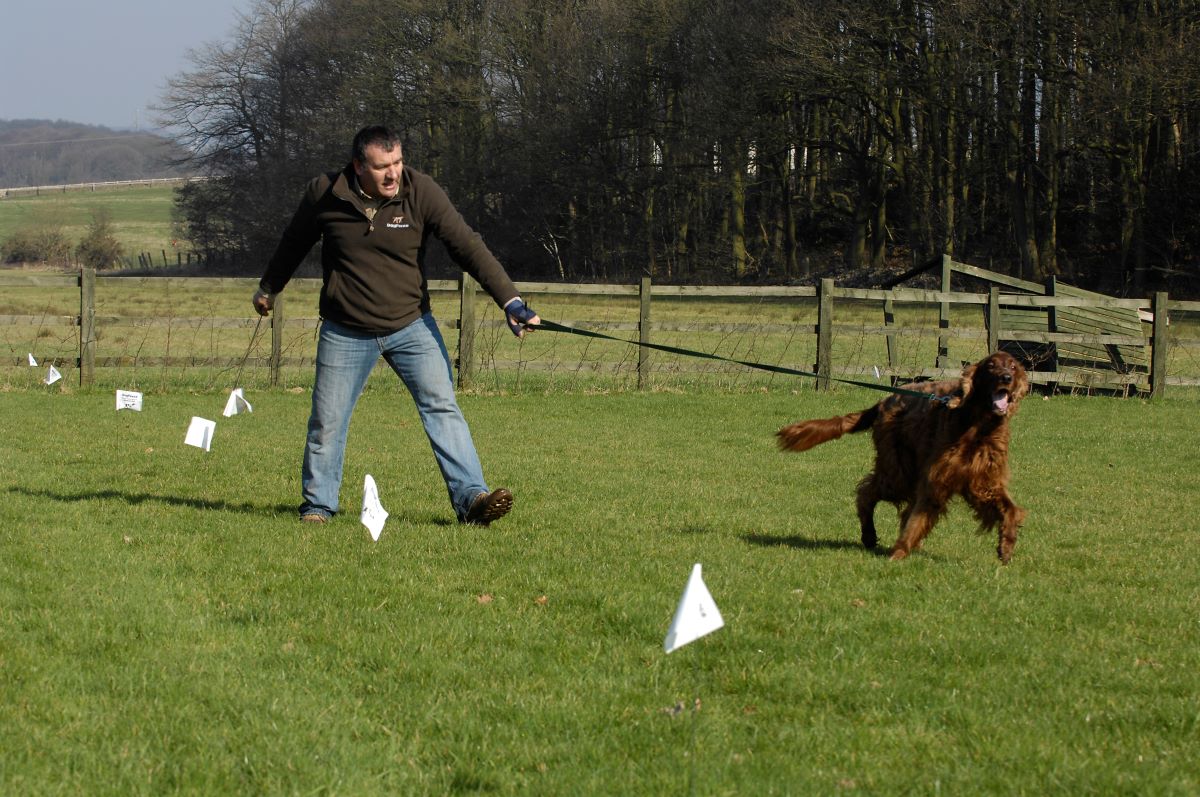
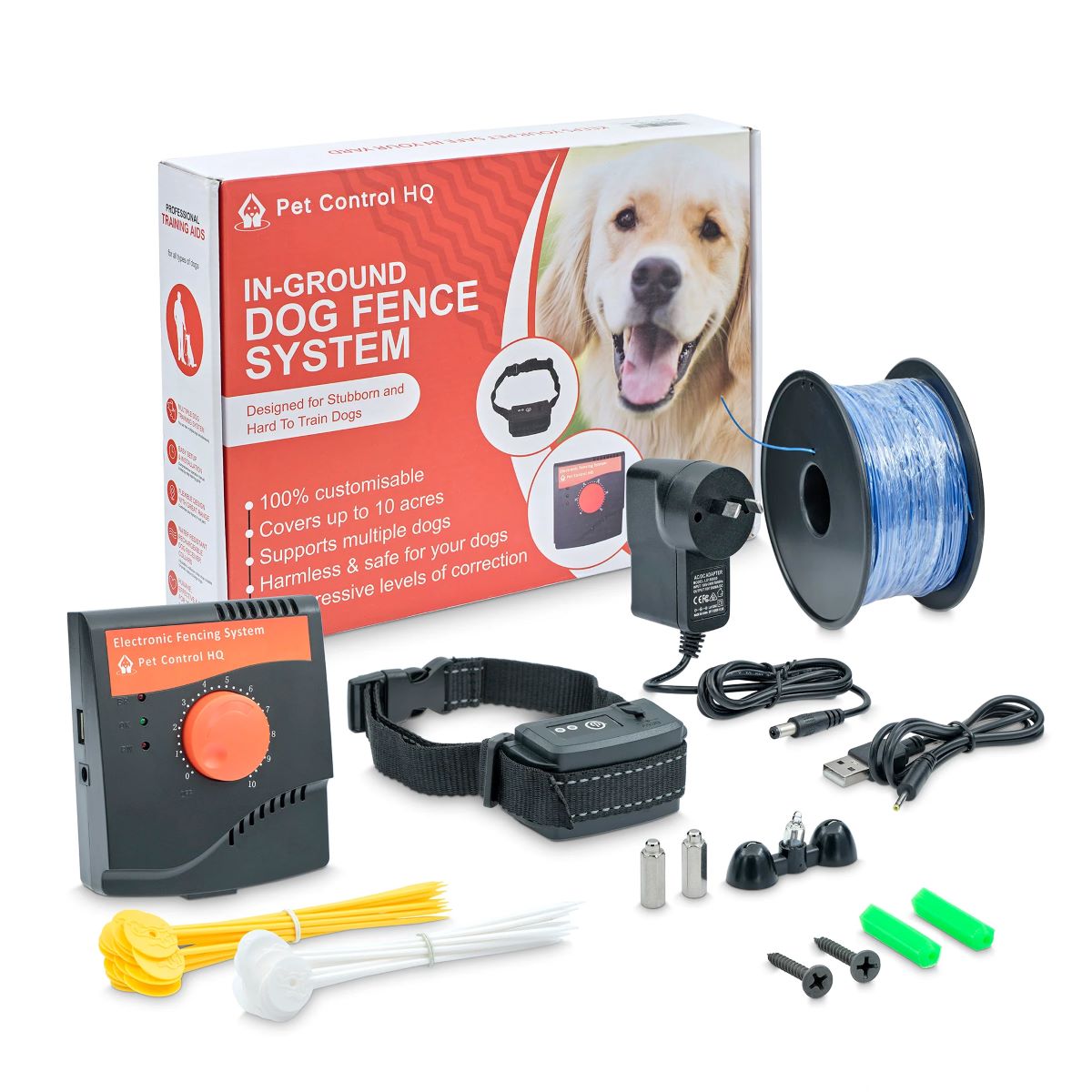
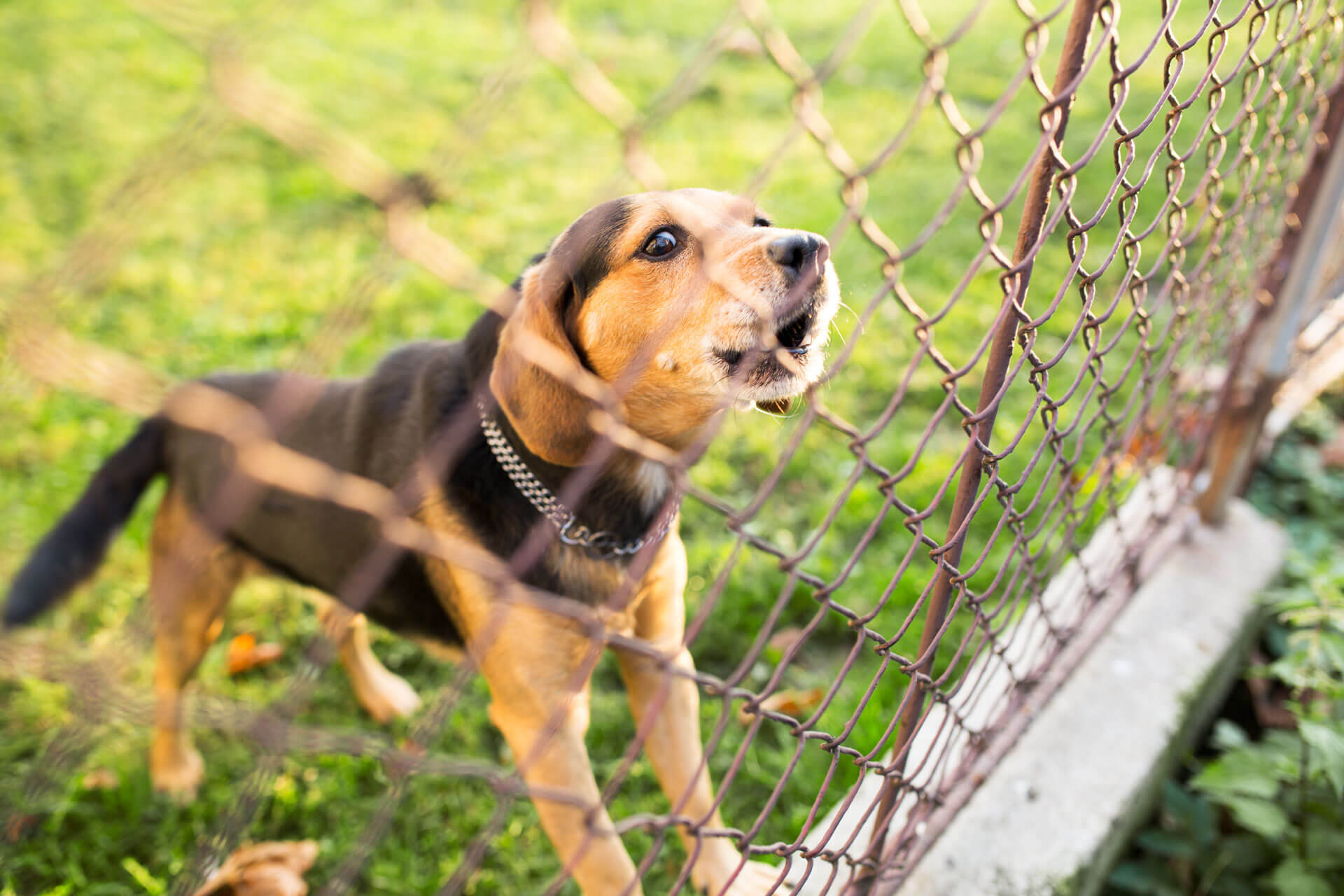


0 thoughts on “How Does Wireless Dog Fence Work”